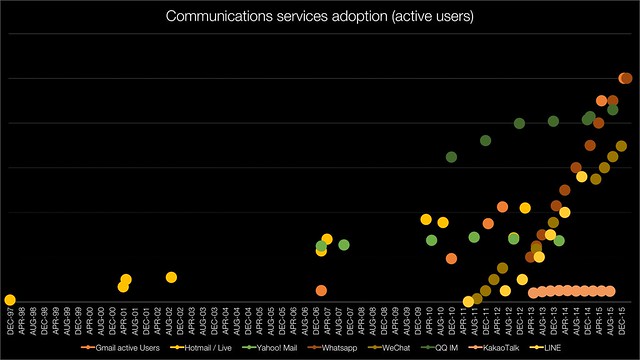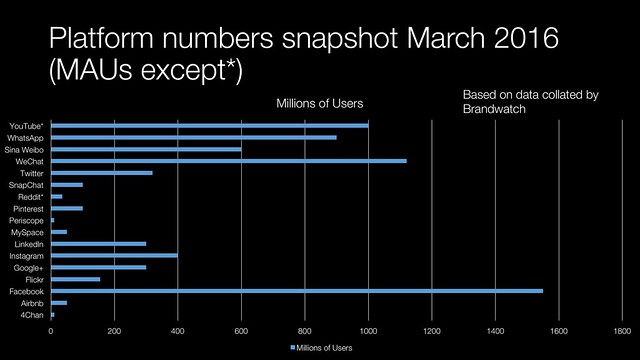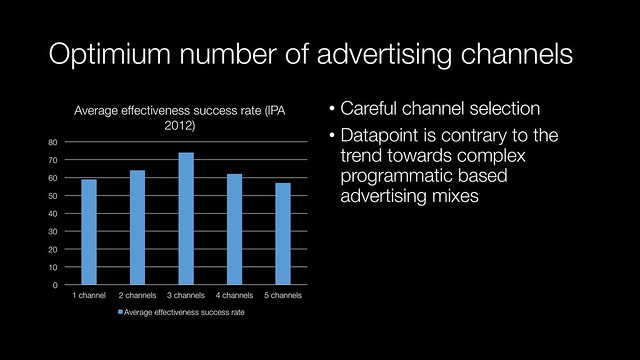Facebook live
A Facebook live streaming service (a la U-Stream and YouTube) was newly launched this week. You can stream on your page or in-group. There is a map to discover streams going on in realtime. I already found one seminar by Nu-Skin a multi-level marketer of wellness and beauty products in Hong Kong as an example of where Facebook Live was being used from a commercial perspective.
The Stanton Warriors embraced the new Facebook live streaming service to promote further fan interaction whilst they were in the studio. It will be interesting to see the best and worst that brands do with this medium. From a piracy point-of-view I would imagine that it is likely to be used for streaming live sports coverage – expect the Premier League to be very unhappy.
RUN and RUN
Not exactly the same sound but J-Pop act lyrical school’s debut track RUN and RUN has a really clever smartphone optimised video with amazing breaks of the fourth wall.
UPDATE: Our James pointed me in the direction of an even better link for the RUN and RUN video on Vimeo that I hope works here
RUN and RUN / lyrical school 【MV for Smartphone】 from RUNandRUN_lyrisch on Vimeo.
If you can’t see anything point your browser here.
Godzilla
Japan’s king of all monsters, Godzilla returns from chilling out on Monster Island for his 31st outing in the Japanese cinema. This new trailer is interesting as the visuals evoke Fukushima Daiichi nuclear disaster and the Great Tohoku Earthquake of 2011. Check out the Cloverfield-esque shots in the 30 second trailer below. There is a longer trailer where Godzilla appears fully in shot leaving no mystery to how bad ass he is this time. This means that the film is likely to go beyond his usual mayhem and might touch on contemporary issues.
Vintage CGI
Last, but not least; a vintage show reel by 1980s CGI shop MAGI Synthavision in its full neon wireframe magnificence and southern country rock soundtrack. More similar visual stuff here.



